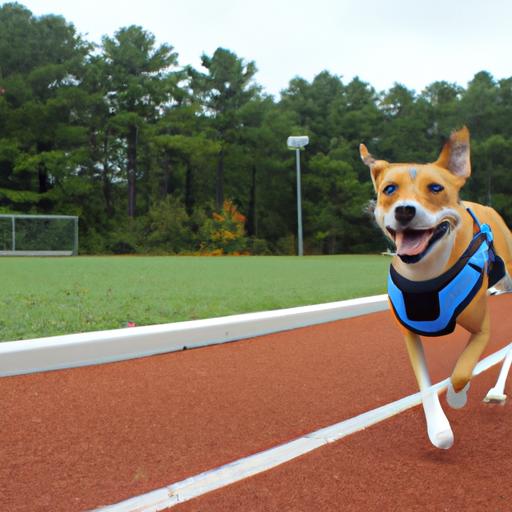Introduction
As a caregiver to a dog, you know how crucial exercise is for your furry friend’s overall health and happiness. Whether you are a new dog owner or have been sharing your life with your pet for years, understanding the importance and types of dog exercise will guide you in providing the best care for your canine companion.
Why Exercise Is Essential for Dogs
Just like humans, dogs need regular exercise to stay healthy and happy. Lack of physical activity can lead to various health problems such as obesity, heart disease, and arthritis. Besides, exercise also helps to keep your dog mentally stimulated, thus preventing behavioral problems like excessive barking or chewing.
Here are some key benefits of regular dog exercise:
- Physical Health: Exercise helps to maintain a healthy weight, strengthen muscles and bones, and improve cardiovascular health.
- Mental Health: Physical activity stimulates the dog’s mind, preventing boredom and associated behavioral issues.
- Social Skills: Exercise often involves interaction with other dogs or people, improving your pet’s social skills.
- Bonding Time: When you exercise with your dog, it strengthens your bond and mutual understanding.
Understanding Your Dog’s Exercise Needs
Different dogs have different exercise needs depending on their breed, age, size, and health. Generally, dogs require at least one hour of exercise each day, but some active breeds may need more.
To understand your dog’s exercise needs, consider the following factors:
- Breed: Active breeds like Border Collies, Labrador Retrievers, or Australian Shepherds require more exercise than less active breeds like Bulldogs or Basset Hounds.
- Age: Puppies and young dogs generally have a lot of energy and may require several hours of play each day. Older dogs, on the other hand, might be more sedate and require less physical activity.
- Health: If your dog has a health condition, consult with your vet about the best exercise routine.
- Size: Larger dogs generally require more exercise than smaller breeds.
Types of Dog Exercise
There’s a multitude of exercises you can do with your dog. Here are some ideas:
- Walks: Daily walks, varying in length and speed, are essential.
- Fetch Games: Throwing a ball or a frisbee can provide a good workout.
- Swimming: Ideal for older dogs as it’s easy on the joints.
- Agility Training: Great for mental stimulation and obedience training.
Exercise Tips for Your Dog
Here are some tips to make the most out of your dog’s exercise time:
- Always warm up before starting any intense exercise.
- Avoid exercising your dog immediately after meals.
- Vary the exercises to keep them interesting and fun.
- Make sure your dog is hydrated, especially during hot weather.
Safety Considerations for Dog Exercise
While exercise is beneficial for your dog, it’s important to ensure it’s done safely.
- Check the Weather: Avoid exercising your dog during extreme weather conditions.
- Use a Leash: Keep your dog on a leash unless you’re in a secure, fenced area.
- Watch Out for Signs of Fatigue: If your dog starts panting excessively or struggles to keep up, it’s time to stop.
Exercise for Dogs with Health Conditions
If your dog has a health condition like arthritis or heart disease, they still need exercise – but it needs to be appropriate for their condition. Consult your vet about the most suitable form of exercise for your dog.
FAQ
Q: My dog is reluctant to exercise. What should I do?
A: Try to make exercise more fun for your dog. Use toys, introduce games, or try different types of exercise to see what your dog enjoys the most. If the reluctance persists, consult your vet as it can be a sign of a health problem.
Q: Can I over-exercise my dog?
A: Yes, dogs can get over-exercised. It’s important to watch out for signs of fatigue in your dog and to ensure they get plenty of rest.
Q: How much exercise does a puppy need?
A: Puppies have a lot of energy but they also tire out quickly. A good rule of thumb for puppy exercise is five minutes of activity per month of age, up to twice a day.
In conclusion, regular exercise is essential for your dog’s physical and mental health. As a caregiver, providing the right amount and type of exercise for your dog can go a long way in keeping them happy and healthy.



